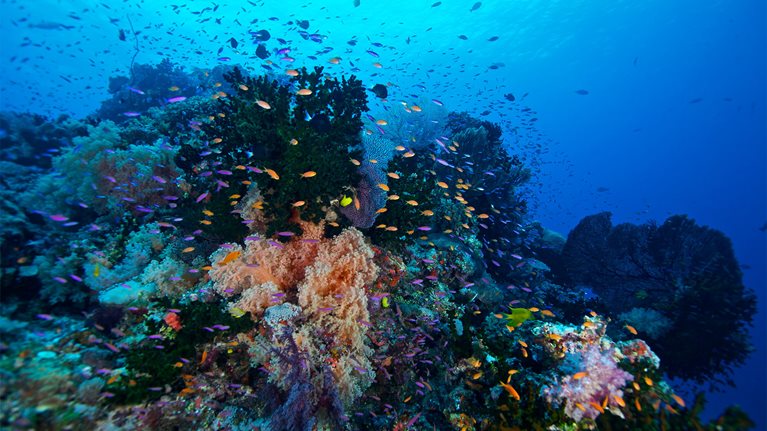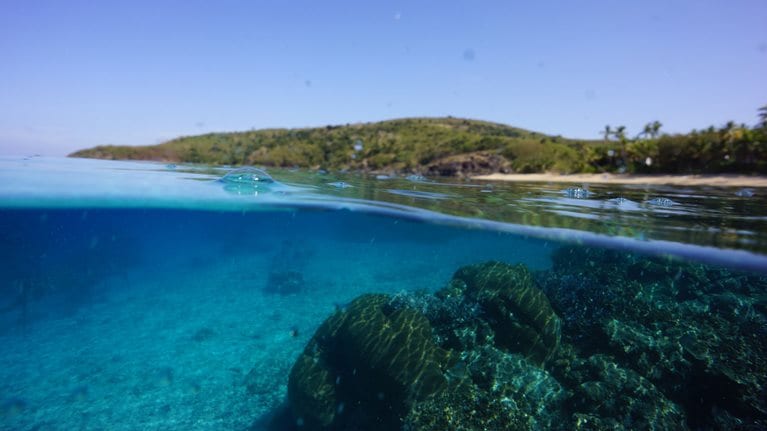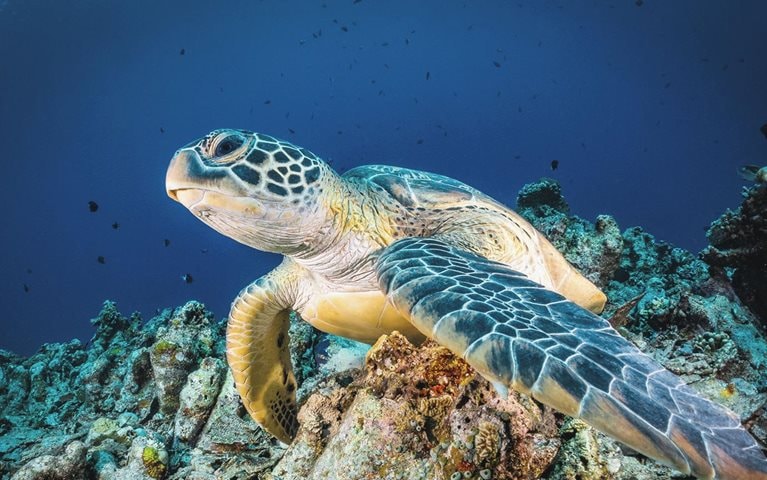Several of the world’s largest environmental funders and nonprofits are stepping up their efforts to protect more of the Earth’s oceanic surface area. Launched in April 2021, the Blue Nature Alliance is a global partnership founded by Conservation International, The Pew Charitable Trusts, the Global Environment Facility, Minderoo Foundation, and the Rob & Melani Walton Foundation. By engaging local stewards and advocates on ocean conservation, the Blue Nature Alliance aims to use marine protected areas (MPAs) and other effective conservation measures to shield parts of the ocean against the harmful effects of climate change, damaging fishing practices, and habitat degradation.
The Blue Nature Alliance has set an ambitious target of protecting five percent of the world’s ocean, a massive undertaking considering that the ocean covers 71 percent of the planet. These efforts are part of a larger global movement inspired by the UN Convention on Biological Diversity to protect more of the world’s surface area from environmental threats and to keep the ecosystems humans depend on intact. Known as the 30x30 commitment, the pledge calls on leaders from nations across the world to commit to protecting 30 percent of land and 30 percent of the ocean under their governance by 2030.

Through a series of pro-bono projects, McKinsey is supporting the alliance by developing innovative funding models for marine conservation. Utilizing advanced, multi-dimensional analyses that account for socioeconomic considerations (such as job creation and economic growth for a region undertaking the protection of a specific area) McKinsey experts are supporting the establishment and management of six new large-scale MPAs. As a result, the Blue Nature Alliance will be able to pioneer new ways to finance these vital conservation efforts. One innovation being explored is the potential to monetize the ‘spillover’ of restored fish stocks from so-called no-take zones, where no extractive activity is allowed, into adjacent sustainable fishing zones that boost local economies.
“This work is powerful for two reasons,” says Duko Hopman, a McKinsey associate partner focused on conservation. “First, it plays a critical role in sustaining biodiversity, which is vital to our planet. And second, it has the potential to create massive socioeconomic opportunities for people around the world who live along ocean coastlines.”
According to The Pew Charitable Trusts, “well-managed MPAs remain the best tool to conserve biodiversity and ecosystems, improve long-term food security, and protect ocean-based livelihoods.” Today, McKinsey’s expertise in financing instruments coupled with our analysis of geospatial datasets has helped to refine the MPA approach. This is done by pinpointing specific regions positioned to realize the greatest combined economic and biodiversity conservation benefits for nature and local stewards, such as Indigenous peoples and coastal communities.

“The Blue Nature Alliance provides both technical assistance and direct investment in governance, protected area design, management, planning and implementation, and innovative financing design based on a shared goal and work plan co-created with local partners,” said Christopher Stone, conservation finance lead, Blue Nature Alliance. “With the help of McKinsey’s unique capabilities in data science and the development of financing models, the Blue Nature Alliance can make the case for an expansion of ocean protection and support effective management and sustainable finance resulting in the best outcomes for nature and people.”
McKinsey’s initial work with the Blue Nature Alliance resulted in three potential financing models to help create or support large-scale marine protected areas. This year, the work is focused on helping the alliance apply those financing models to specific marine sites in the Pacific and Atlantic Oceans.
In addition, McKinsey is supporting the Blue Nature Alliance to develop methodologies that enable local leaders and decision-makers to begin taking clear, concrete steps toward establishing financially sustainable MPAs. McKinsey is providing a fact-base data science approach to help decision-makers assess the conservation trade-offs of creating large-scale MPAs. These trade-offs could be calculating the short-term loss of income from fishing in conjunction with the benefits of creating new conservation jobs and the economic gains from recovered fish stocks.
The current phase of work is directly supporting efforts to protect 581,000 square kilometers of net new marine conservation across the South Pacific Ocean, which would result in the protection of potentially 270 threatened species and the creation of approximately 3,400 jobs.
By establishing a global network of partners and through innovative models of conservation and funding, the Blue Nature Alliance is driving rapid progress towards its target to permanently protect five percent of the ocean—a globally significant contribution to addressing the twin climate and biodiversity crises.
